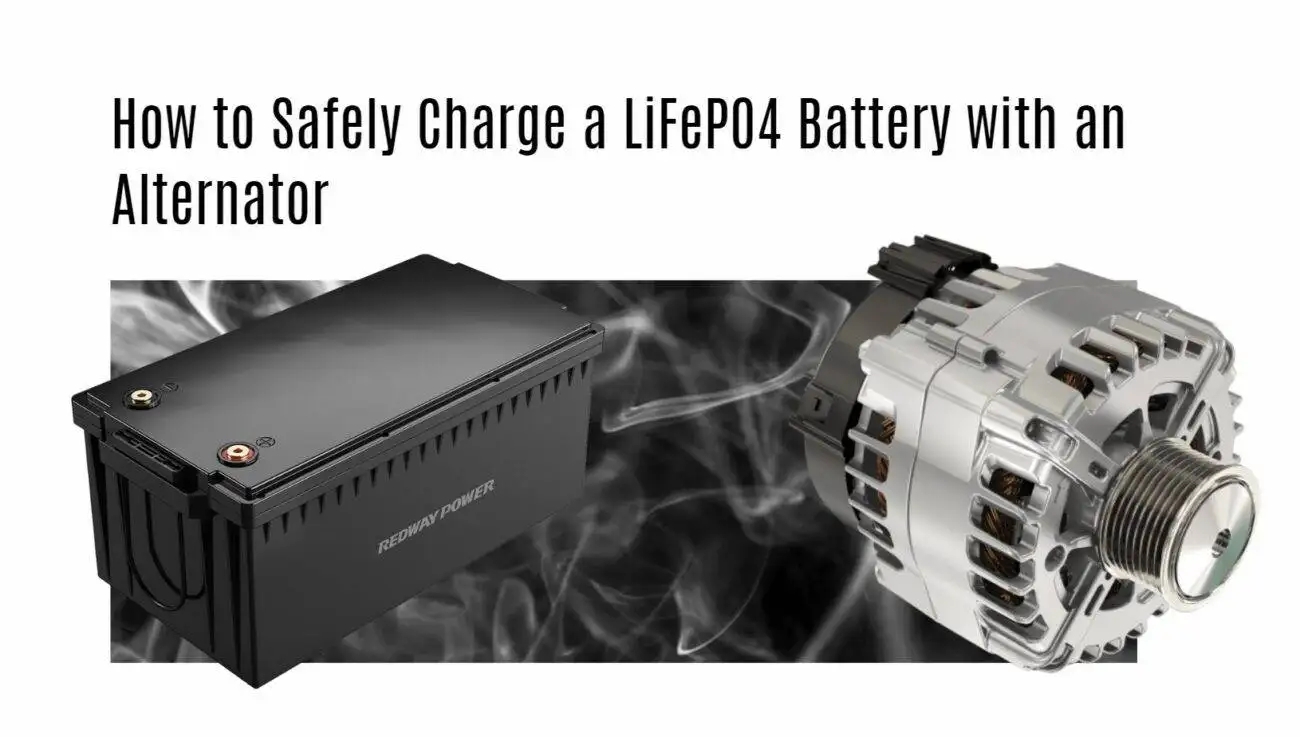What is a DIY golf cart lithium battery? A DIY golf cart lithium battery involves replacing traditional lead-acid batteries with lithium-ion cells, offering longer lifespan, faster charging, and reduced weight. This project requires basic electrical skills, proper tools, and adherence to safety protocols to ensure optimal performance and avoid hazards like overheating or short circuits.
48V 160Ah Lithium Golf Cart Battery
Why Switch to a Lithium Battery for Your Golf Cart?
Lithium batteries outperform lead-acid in energy density, weight reduction (50-70% lighter), and lifespan (2,000+ cycles vs. 500 cycles). They maintain consistent voltage, ensuring better speed and range. Golfers report 20-30% longer per-charge mileage, making them ideal for hilly terrains or extended rounds.
What Tools and Materials Are Needed for a DIY Lithium Battery?
Essential tools include a spot welder, battery management system (BMS), lithium cells (e.g., LiFePO4), multimeter, and insulated gloves. Materials like nickel strips, heat shrink tubing, and a sturdy battery case are critical. Always use a BMS rated for your cart’s voltage to prevent cell imbalance.
| Tool/Material | Purpose |
|---|---|
| Spot Welder | Securely connects cells without heat damage |
| LiFePO4 Cells | Provide stable 3.2V per cell with high thermal safety |
| 60A BMS | Monitors voltage balance and prevents overcharging |
For extended projects, consider investing in a cell voltage checker and infrared thermometer. Beginners often underestimate the importance of proper busbar sizing—use nickel strips with at least 0.15mm thickness for 100A+ currents. Always wear ANSI-rated gloves when handling exposed terminals to prevent accidental shorts.
How to Safely Convert Lead-Acid to Lithium-Ion?
Disconnect the golf cart’s power, remove old batteries, and clean the compartment. Wire lithium cells in series to match voltage (e.g., 48V = 16 LiFePO4 cells). Connect the BMS to monitor temperature and voltage. Seal connections with anti-corrosion spray and test with a multimeter before initial use.
When configuring cell groups, ensure parallel connections are made before series wiring to maintain balance. Use compression plates for multi-cell arrays to minimize swelling during charge cycles. After installation, perform a full discharge test at 50% load to calibrate the BMS. Many users overlook terminal torque specifications—tighten connections to 8-10 Nm to avoid arcing.
Which Lithium Battery Chemistry Is Best for Golf Carts?
LiFePO4 (lithium iron phosphate) is ideal for golf carts due to its thermal stability, 3,000+ cycle life, and 12.8V nominal voltage per cell. Avoid Li-ion NMC variants, which risk thermal runaway. LiFePO4 operates safely in -20°C to 60°C ranges, making it suitable for outdoor use.
How to Troubleshoot Common DIY Lithium Battery Issues?
If the battery won’t charge, check BMS connections and cell voltages. Uneven cell wear can be fixed by balancing with a dedicated charger. Overheating often stems from poor ventilation or overloading—ensure the battery compartment has airflow and avoid exceeding the cart’s weight limit.
What Are the Long-Term Maintenance Tips for Lithium Batteries?
Store batteries at 50% charge if unused for months. Clean terminals quarterly to prevent resistance buildup. Use a balancing charger every 10 cycles. Avoid deep discharges below 20% capacity, which can shorten lifespan. Monitor the BMS app (if available) for real-time health metrics.
“LiFePO4 is the gold standard for DIY golf cart conversions. Its stability and cycle life justify the upfront cost. Always prioritize a high-quality BMS—skimping here risks fire hazards and premature failure.”
— James Carter, Battery Engineer at Redway Power Solutions
Conclusion
Building a DIY lithium battery for your golf cart enhances performance, reduces maintenance, and cuts long-term costs. By following safety protocols, selecting the right components, and adhering to maintenance guidelines, you can achieve a reliable upgrade that outperforms traditional lead-acid systems.
FAQ
- Can I use old lithium cells from EVs for my golf cart?
- Yes, but ensure they’re LiFePO4 and test each cell’s capacity. EV cells often have higher discharge rates, which may require a customized BMS.
- How much does a DIY lithium golf cart battery cost?
- A 48V system costs $1,200-$2,000, depending on cell quality. Commercial packs range from $3,000-$5,000, making DIY a cost-effective option.
- Is soldering safe for lithium battery connections?
- No—soldering creates heat that damages cells. Use a spot welder with nickel strips for secure, low-resistance connections.




